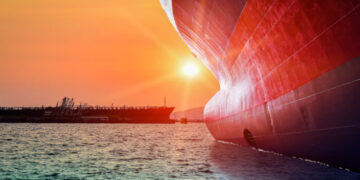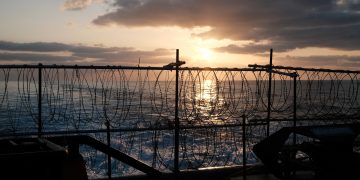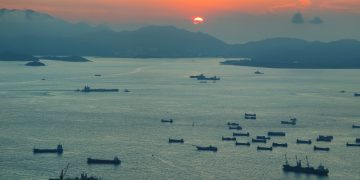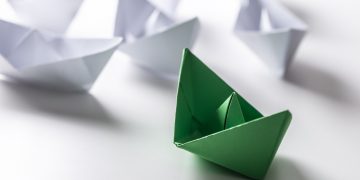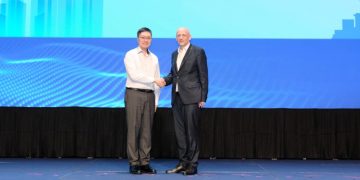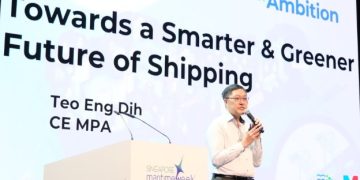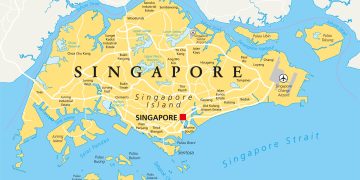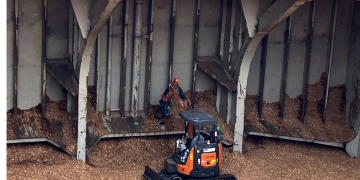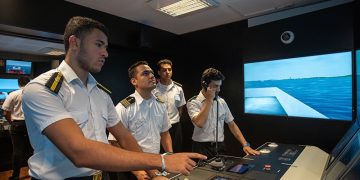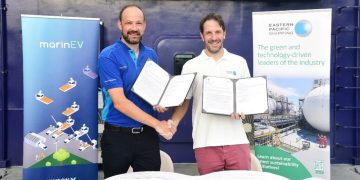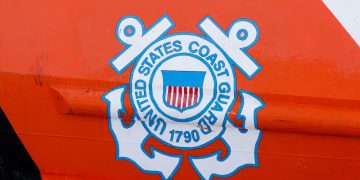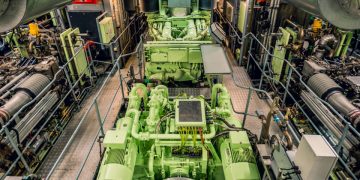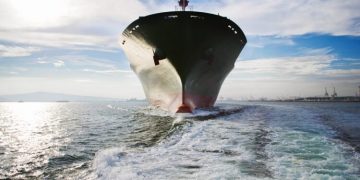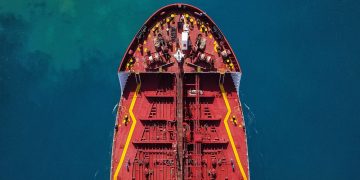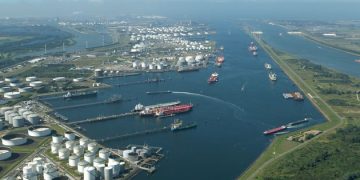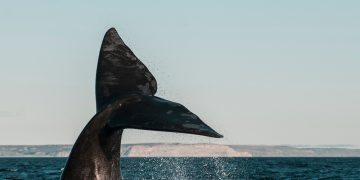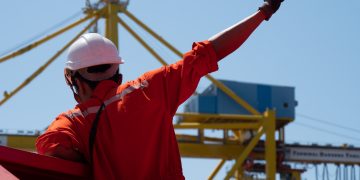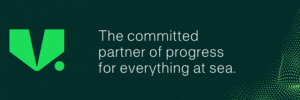Deltamarin introduces new container feeder design
Deltamarin introduced the first state-of-the-art container vessel of its series, the A.Delta2300. This new design is based on extensive research and development work to establish the best-in-class design in terms of cargo capacity, flexibility and fuel economy. It provides a flexible platform for a whole series of designs, which can be adapted to various customers’ requirements as a result of several optional feature studies.The development work has been supported by AVIC Weihai Shipyard in terms of construction friendliness, and has been reviewed and commented on by DNV GL considering the application of the latest rules and industry practices. Deltamarin and AVIC Weihai Shipyard are both members of the AVIC Group, which is ranked among the Fortune Global 500 corporations.“The overall efficiency and flexibility of this container vessel design provides the owners and operators with a solution for future transportation needs,” explains Mr Vesa Hamarila, Sales Director of Deltamarin Ltd.The A.Delta2300 provides a container capacity of 2,322 TEU in five cargo holds and on deck. The increased cargo hold breadth improves stability in the fully laden condition. Together with the ballast-free approach, this results in an increased utilisation rate of about 73% (1,700 TEU) of nominal container intake in the homogeneous ...
Read more



